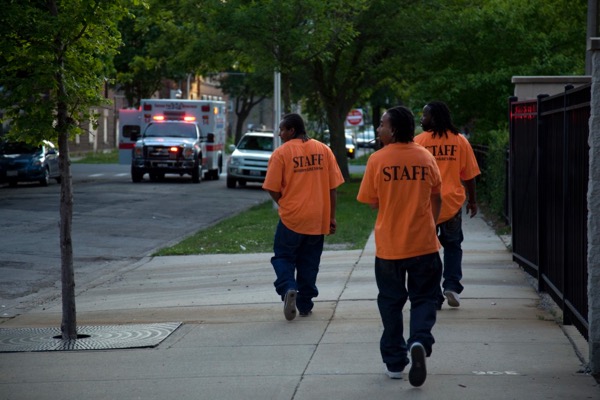WASHINGTON — Today’s gang members use social media to communicate and target youth. But health researchers using their new technology have found that prosecution and intervention techniques might not be the only solution to reduce this growing problem.
There are approximately 1.4 million members of 33,000 gangs across the country, according to the National Gang Report, created by the National Alliance of Gang Investigators Association and the FBI’s Safe Streets and Gang Unit. Many prison and street gangs are utilizing social networks to communicate, the report said, with Facebook and Twitter as the most commonly used platforms.
“Gangs have become increasingly adaptable and organized, exploiting new technology as a means to recruit, communicate discreetly, target their rivals, and perpetuate their criminal activity,” said Bob Goodlatte, chairman of the House Judiciary Committee.
But while intervention programs and higher prosecution rates have been the primary focus for reducing gang violence for years, some organizations and health professionals are attempting to create new methodology to decrease gang-related activity. Among them is Dr. Gary Slutkin, founder and executive director of advocacy group Cure Violence.
“Violence is an epidemic in the same way that other health epidemics are — it spreads from brain to brain the same way that TB spreads from lung to lung or cholera from intestine to intestine,” Slutkin said. “People’s brains copy each other’s behavior and it’s mostly unconscious. This is the basis of much of violence — in families and on the street.”
Cure Violence is working to “treat” gang membership with a strategic approach that taps into the cycle of violence. They train people in heavily affected communities to detect catalyzing events that lead to joining a gang. The intent is to interrupt individuals’ behaviors before they commit crimes and continue communicating with them to decrease the likelihood that they and their friends will become involved in gang violence.
Rep. Karen Bass (D-Calif.), said the U.S. relies too heavily on law enforcement to stop gangs.
“We lock people up, they come home and then we don’t realize that we have communities that have an overconcentration of people who go in and out of prison—which actually kind of continues to the cycle of violence,” she said.
Cure Violence’s model has been used in Baltimore, New York, and Chicago. Independent evaluations from 2012 to 2015 showed reductions of up to 56 percent in homicides and 44 percent in shootings, Slutkin said.
Matthew Valasik, an assistant professor of sociology and criminology at Louisiana State University, said punishment is just a stopgap approach, while it would be better to improve their odds.
“If it’s just drug-related crime and there’s no violence involved in that transaction, then locking that person up whether it be jail or prison might not be the best use of resources,” he said.

